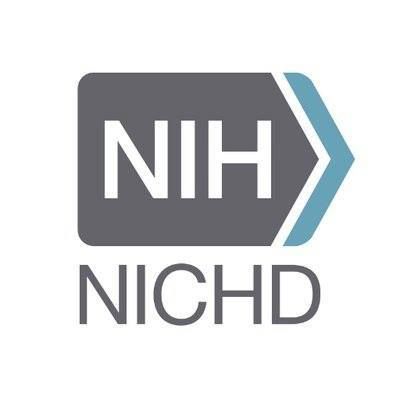Request Demo
Last update 08 May 2025
PCOLCE
Last update 08 May 2025
Basic Info
Synonyms PCOLCE, PCPE, PCPE-1 + [7] |
Introduction Binds to the C-terminal propeptide of type I procollagen and enhances procollagen C-proteinase activity.
C-terminal processed part of PCPE (CT-PCPE) may have an metalloproteinase inhibitory activity. |
Related
2
Drugs associated with PCOLCETarget |
Mechanism PCOLCE inhibitors |
Active Org. |
Originator Org. |
Active Indication |
Inactive Indication- |
Drug Highest PhasePreclinical |
First Approval Ctry. / Loc.- |
First Approval Date20 Jan 1800 |
CN114903974
Patent MiningTarget |
Mechanism- |
Active Org. |
Originator Org. |
Active Indication |
Inactive Indication- |
Drug Highest PhaseDiscovery |
First Approval Ctry. / Loc.- |
First Approval Date20 Jan 1800 |
100 Clinical Results associated with PCOLCE
Login to view more data
100 Translational Medicine associated with PCOLCE
Login to view more data
0 Patents (Medical) associated with PCOLCE
Login to view more data
1,035
Literatures (Medical) associated with PCOLCE24 Apr 2025·Blood
17(R)-Resolvin D1 protects against sickle cell–related inflammatory cardiomyopathy in humanized mice
Article
Author: Ghigo, Alessandra ; Gremese, Elisa ; Brugnara, Carlo ; Iezzi, Manuela ; Riccardi, Veronica ; Recchiuti, Antonio ; Ceolan, Jacopo ; Mattoscio, Domenico ; Ceci, Martina ; Matte, Alessandro ; Federti, Enrica ; De Franceschi, Lucia ; Cozzolino, Flora ; Monti, Maria ; Tolosano, Emanuela ; Siciliano, Angela
01 Apr 2025·Biochemical Genetics
Integration of Single-Cell and Bulk RNA-seq Data to Identify the Cancer-Associated Fibroblast Subtypes and Risk Model in Glioma
Article
Author: Liu, Zhihui ; Wang, Nan ; Hu, Xueyan ; Gao, Xin ; Yan, Xiuwei ; Hu, Shaoshan ; Xu, Lei ; Dong, Jiawei ; Wang, Fang ; Jiang, Xiaoyan ; Zhao, Hongtao ; Zhang, Jiheng
01 Apr 2025·European Journal of Medicinal Chemistry
Synthesis and evaluation of piceatannol derivatives as novel arginase inhibitors with radical scavenging activity and their potential for collagen reduction in dermal fibroblasts
Article
Author: Harakat, Dominique ; Pudlo, Marc ; Sénéjoux, François ; Zedet, Andy ; Gaudillat, Quentin ; Cardey, Bruno ; Girard, Corine ; Tissot, Marion ; Marchisio, Luca ; Rolin, Gwenaël ; Muller, Jason
Analysis
Perform a panoramic analysis of this field.
login
or

AI Agents Built for Biopharma Breakthroughs
Accelerate discovery. Empower decisions. Transform outcomes.
Get started for free today!
Accelerate Strategic R&D decision making with Synapse, PatSnap’s AI-powered Connected Innovation Intelligence Platform Built for Life Sciences Professionals.
Start your data trial now!
Synapse data is also accessible to external entities via APIs or data packages. Empower better decisions with the latest in pharmaceutical intelligence.
Bio
Bio Sequences Search & Analysis
Sign up for free
Chemical
Chemical Structures Search & Analysis
Sign up for free


